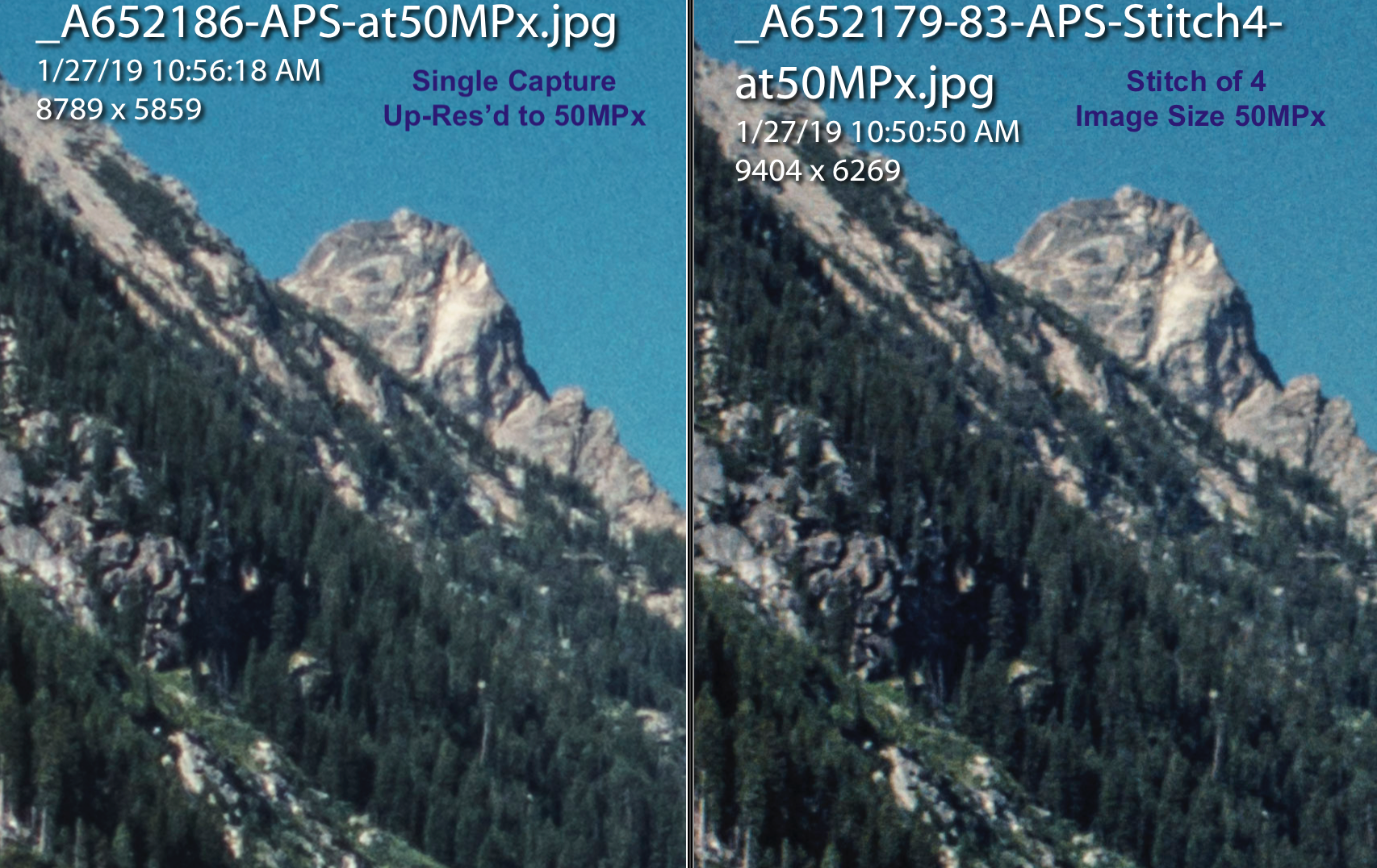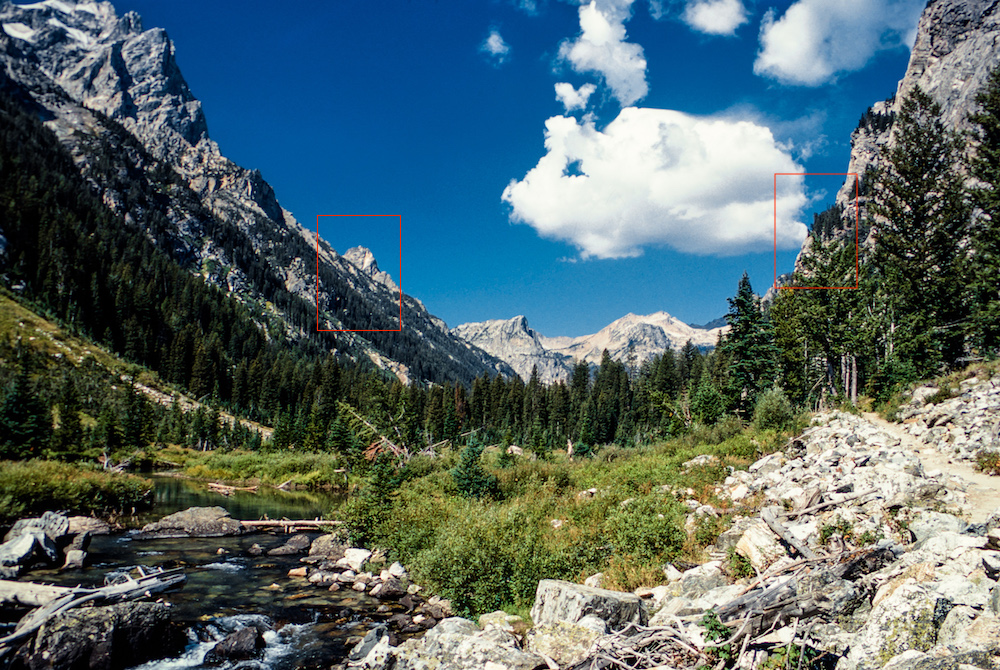Archlich
Well-known
I am really enjoying learning more about people using a DSLR to make copies of film negatives and slides. I am assembling the equipment i need to do the same and hope to have good results in time.
However, is there any chance we could stop saying 'scan' with reference to a DSLR copy of a negative or slide? It's not a scan. It's a photograph of something, in this case another photograph.
It would be a scan if you were using a scanner, which you're not. Scanners make scans. Cameras make photographs, images, visual recordings, but not scans.
It's just inaccurate and somewhat grating. Like when a younger person refers to vinyl records as 'vinyls'. The plural of vinyl is vinyl when referring to records.
Sorry guys. I try not to say anything but it sets my teeth on edge.
It would be interesting to know what should the end result be called if a...scanner camera was used?











